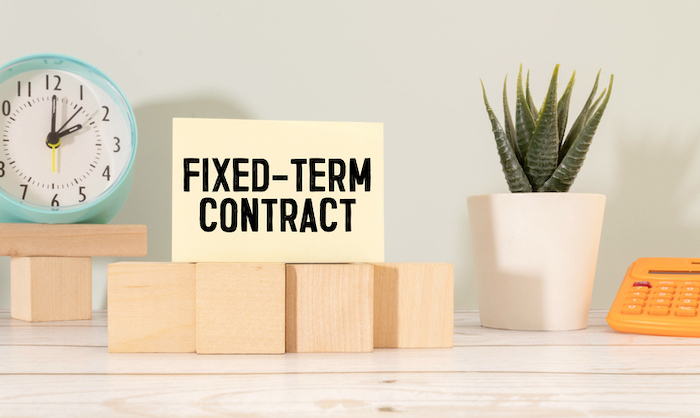Some major changes to the Residential Tenancies Act (RTA) are here—ones that mainly benefit landlords. But, of course, there are a few things in there for tenants too.
So, what’s new? Here’s a quick breakdown of the biggest landlord rule changes that took effect on 30 January 2025 and what they mean for you as a property investor.
1. “No Cause” Terminations Are Back
Big news! you can once again ask a tenant on a periodic tenancy to leave—without giving a reason.
Here’s how it works:
✅ Give 90 days’ notice via email or letter
✅ No explanation needed—just a simple notice
✅ Also applies to all current periodic tenancies
Let’s say you have a difficult tenant—late rent, unresponsive, just a general headache. You no longer have to build a case or jump through hoops to move them out. Just give notice, wait 90 days, and move on.
⚠️ Important: This only applies to periodic tenancies. If the tenant is on a fixed-term lease, you can’t use this rule to end their tenancy early.
Tenants Still Have Protections (So Be Smart About It!)
Before you start handing out notices, there’s one thing to keep in mind: retaliatory notice.
In simple terms: If a tenant makes a legitimate complaint, you can’t evict them just because you are annoyed with them.
For example:
🔹 They ask you to fix a broken window, you ignore it, and they take you to the Tenancy Tribunal
🔹 You lose, get annoyed, and decide to issue a 90-day notice
🔹 They take you back to the Tribunal, claim retaliation, and you could be looking at a fine of up to $6,500 😬
Parliament has lowered the bar for proving retaliatory evictions, and tenants now have 12 months to apply for damages.
Red Flags Before Issuing a Notice
Before you send that 90-day notice, ask yourself:
❓ Has the tenant recently requested repairs?
❓ Were there any disputes over the condition of the property?
❓ Have they raised concerns about compliance (such as Healthy Homes)?
❓ Have you issued a rent increase and the tenants are challenging it?
If you answer yes to any of these, tread carefully—it could land you in front of the Tribunal.
How to Protect Yourself
Smart landlords will:
✅ Document their reasons (even if not required)
✅ Review past communications with your tenant
✅ Talk to your property manager or legal expert before acting
✅ Consider alternative solutions (mediation, negotiation, etc.)
2. Tenants Can Now Leave Faster – Just 3 Weeks’ Notice
Here’s a tenant-friendly change:
📅 As of January 30, 2025, tenants on periodic tenancies only need to give 3 weeks’ notice to leave.
Yes, this means you could have shorter notice periods to find a new tenant. But don’t panic! This also means:
🔹 Incoming tenants can now move in faster too (since they also give only 3 weeks’ notice at their old place).
So while you might have slightly less time to fill vacancies, your next tenant will likely be available sooner too.
3. Fixed-Term Tenancies Won’t Automatically Roll Over
Another big win for landlords: Fixed-term tenancies will no longer automatically convert to periodic.
What does this mean?
🔹 When a fixed term ends, you can require the tenant to leave—without giving a reason
🔹 You must give at least 21 days’ notice (3 weeks)
🔹 This rule takes effect 1 May, 2025 (so there’s a 90-day adjustment period for tenants) for any current fixed term tenancies you may have in place.
This gives you more control over who stays in your property and lets you decide whether to renew, find a new tenant, or make changes.
Final Thoughts
These landlord rule changes shift some power back to landlords while keeping key protections in place for tenants. Use these new rules wisely, stay compliant, and always document your decisions.
Have questions or need guidance? Reach out—we’re here to help. Call us on: 09 630 2655



